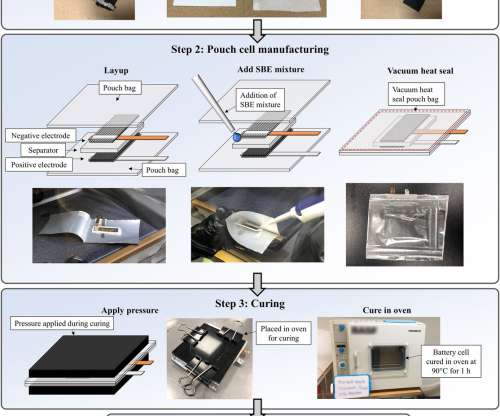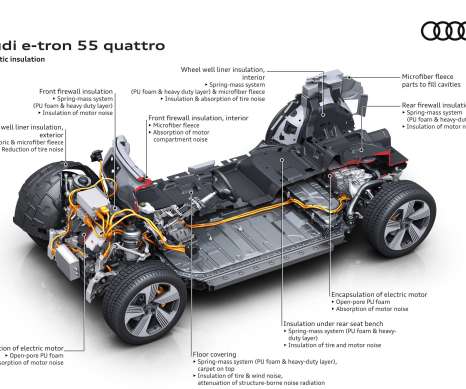Swedish researchers explore use of carbon fiber as active electrode in structural battery for electric vehicles
Green Car Congress
JUNE 5, 2014
Woven carbon fiber can act as an electrode for lithium ion batteries. Researchers in Sweden are exploring the use of carbon fiber as an active electrode in a multifunctional structural Li-ion battery in an electric car; i.e., electrical storage is incorporated into the body of the car. In this €3.4-million million (US$4.7-million)


























Let's personalize your content